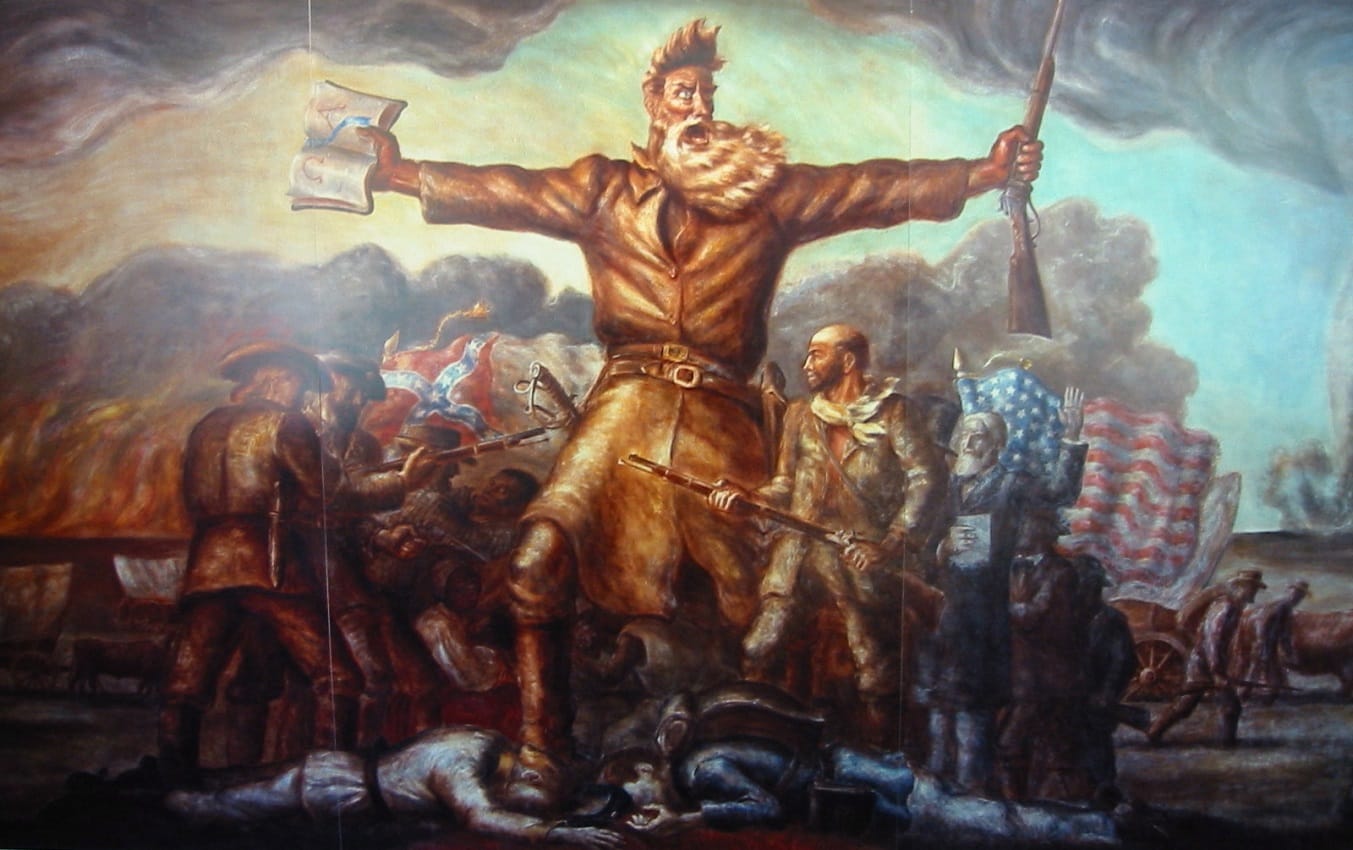
Overview: The image above is Meriwether Lewis of the famous explorers, Lewis and Clark. His legacy as an explorer, his position in frontier history, and his relationship with Clark make for exciting history on their own, but one of the lesser known things about Lewis is the debate about whether he committed suicide, or he was murdered. This connects with chapter 8 of our text because it provides students an opportunity to ask all 3 of the major historical questions (what, why, and how) in an interesting and engaging way. I elaborate on this in the screencast below.
Screencast: Screencast 13
Big Question: How can we engage students in meaningful inquiry if they do not enjoy history?
Interactive Site: The interactive site for this blog is a "just for fun" history site dedicated to made-up journals of Lewis and Clark. In these fabricated journals, Lewis claims on several occasions to have seen bears wearing human pants. While amusing, these journal entries could also be used as an opener to historical inquiry and analyzing primary sources.




